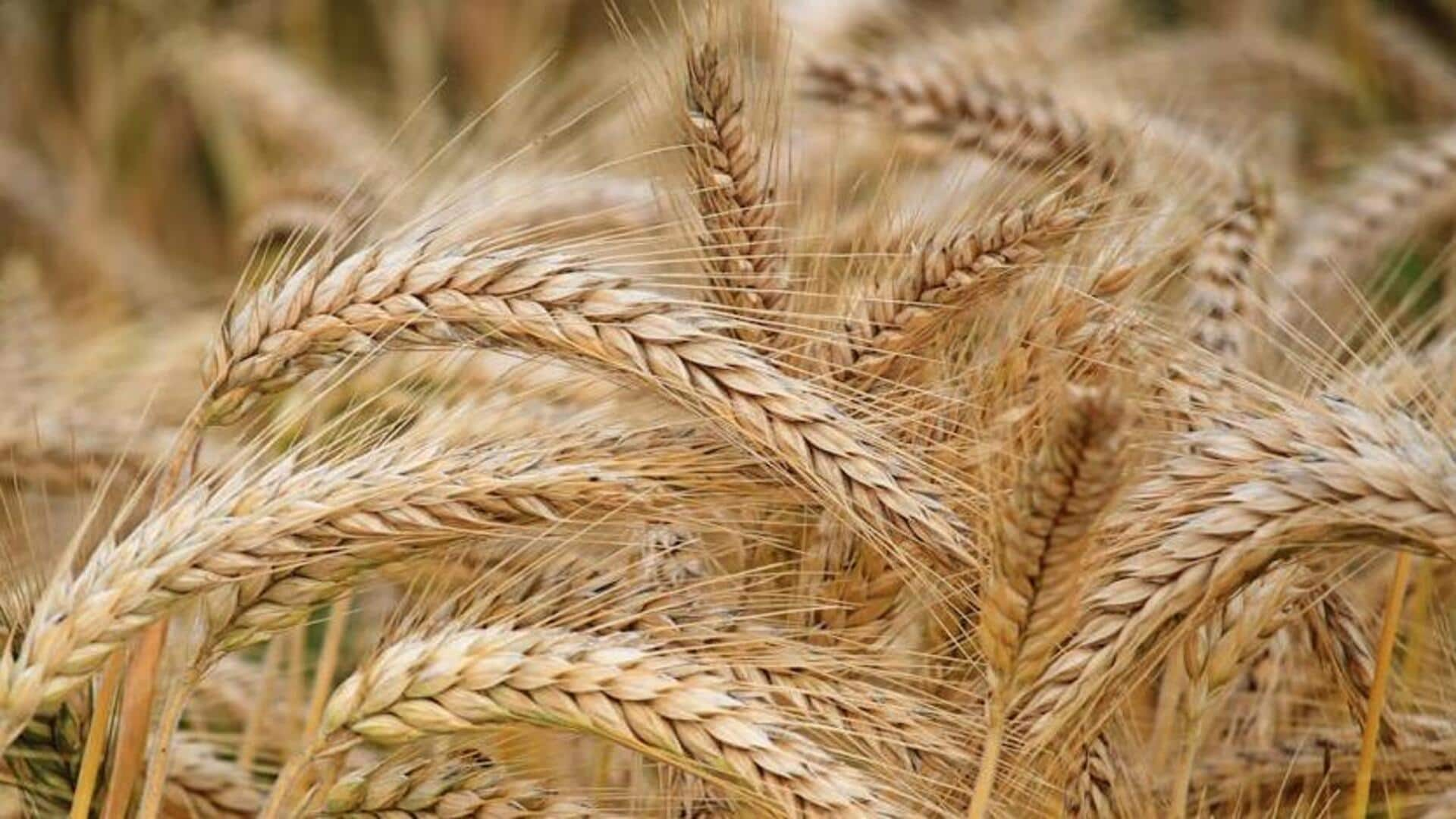
Barley v/s farro: Which is healthier?
What's the story
Barley and farro are two ancient grains that have been staple parts of diets for centuries. Both are highly nutritious, providing an array of vitamins, minerals, and fiber. Despite their similarities, both these grains have unique characteristics that make them special in their own way. Here's looking at the nutritional profiles of barley and farro, and how they're different and beneficial.
Fiber levels
Fiber content comparison
Barley is famous for being high in fiber, especially soluble fiber which promotes digestion and keeps cholesterol in check. One cup of cooked barley has roughly six grams of fiber. Farro too is a good source of fiber but not as much as barley - it has about five grams per cup. Both grains promote a healthy gut when consumed regularly.
Protein content
Protein powerhouse
Farro is often touted for its protein content as compared to other grains. It provides about seven grams of protein per cup cooked, making it an amazing option for anyone looking to up their protein intake from plant sources. Barley provides about four grams per cup cooked but still makes a big contribution to your daily protein requirements.
Nutrient density
Vitamin and mineral richness
Both barley and farro are loaded with essential vitamins and minerals such as magnesium, iron, zinc, and B vitamins. Farro has more magnesium, which helps with muscle function and bone health. Barley is an excellent source of selenium, which contributes to antioxidant defense systems in the body.
Blood sugar impact
Glycemic index insights
The glycemic index (GI) indicates how quickly foods increase blood sugar levels. With its high beta-glucan content, barley has a low GI, promoting gradual increases in blood sugar. This makes it ideal for diabetes or insulin resistance management. Farro, with moderate GI values, provides steady energy without rapid spikes. This ensures sustained energy availability and promotes overall well-being across diverse populations globally.